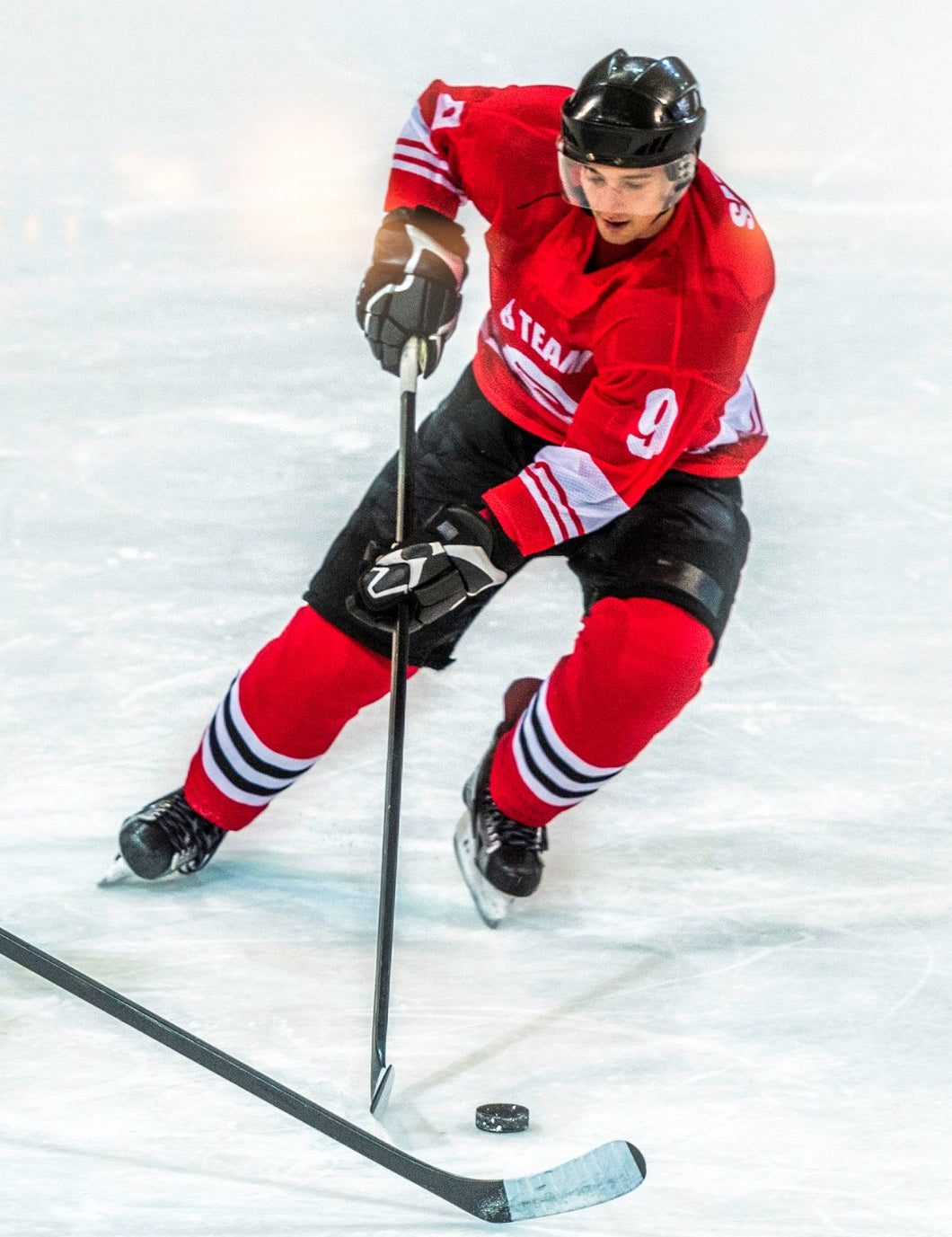Strength training is essential for runners because it improves running economy, builds power, promotes balanced movement, enhances recovery, delays fatigue, and helps prevent injuries — all of which support long-term longevity in the sport.
Where to start, when to strength train, what steps to take can sometimes be
overwhelming as we would like to optimize our training time. Here are 5 key strength exercises for endurance runners to start with to improve hip stability, leg strength, and injure-resistant movement patterns.
1. Bulgarian Split Squat
It builds knee stability, quad strength, and hip control, which is key for preventing IT band and patellofemoral pain.
Stand in front of an elevated chair, take one normal step forward then with the other leg place it on the elevated chair and aim to squat straight down carefully and slowly. As you get stronger, you can begin to hold dumbbells. When you lean forward, you focus on your glutes. When you squat upright, you focus on your quads.

2. Romanian Deadlift (Single or double leg)
It targets the posterior chain (hamstrings + glutes), which is important for runners' forward propulsion. It also reduces risk of strains when you build stronger and more durable hamstrings.
Stand on one leg then raise the other leg into the air as a straight leg by pivoting at the hip. As you are leaning forward use your opposite arm to balance you.

3. Calf raises (single or double leg)
It targets both gastrocnemius and soleus calf muscle, which are crucial for push-off efficiency and Achilles health. Calf strength is often overlooked.
Begin with double calf raises, then do single calf raises. Once you get stronger, you can do elevated calf raises and/or begin to hold dumbbells in each hand.

4. Glute bridges (single or double leg)
It generates a stronger hip extension power, which means a better stride efficiency and reduced lower-back load.
Lay on the floor, bend your knees then lift your waist towards the ceiling. You can hold as an isometric hold, you can raise one leg to isolate as a single leg glute bridge and as you get stronger you can also raise your heels to add in calf raises and/or place weight on your pelvis as you do the glute bridges.

5. Reverse Lunges
These lunges are a runner-friendly variation of lunges that reduces knee load and builds glute strength.
Stand with your hands on your waist for balance and take one slow, straight step backwards and bed both knees at approximately 90 degrees or as close as possible to 90. You can hold for an isometric hold and then slowly step forward to isolate one leg or alternate. Add dumbbells if you’d like as you get stronger.

There are a variety of additional strength exercises you can begin to add and build into your endurance program as you get stronger and stronger. Reach to incorporate strength-training into your routine 2-3x/week, with a focus on form and increasing weight as you get stronger.
As always, nutrition is key to help prevent injury, build muscle, and fuel your body. Chargel is a great option caffeine-free energy gel to give you the boost you need before and during your workout.
Contact Nadia Ruiz if you’re looking for an endurance coach to help you train your endurance, speed, and strength for your next goal race.

Author Profile: Nadia Ruiz
Nadia Ruiz, a Los Angeles native and daughter of Ecuadorian immigrants, is an educator, coach, and community advocate dedicated to inspiring others to pursue fitness and personal growth. After running her first marathon at 14 with her father, she has been running competitively for 28 years and completed over 650 races, including 159 marathons, 21 ultra marathons, and 18 Ironmans, often placing among the top women. A UCLA graduate with a master’s degree in biology and education, Nadia spent a decade teaching high school before transitioning to coaching, marketing, and event production. Recognized as the youngest woman to run 100 marathons in 2013, she now runs an online coaching business and continues to empower individuals and support youth sports through education, sport, and storytelling.









